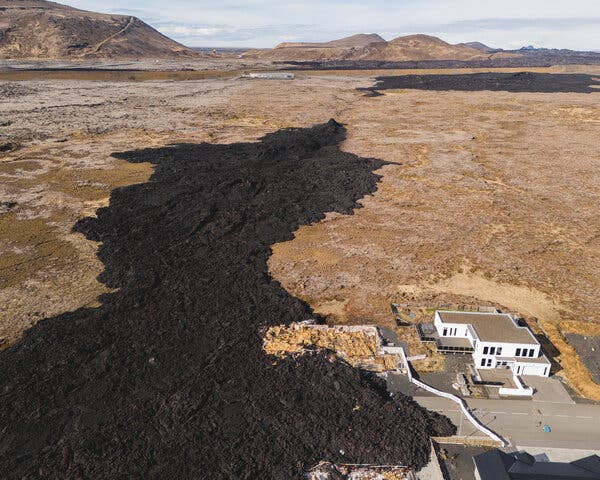Iceland is a citadel built from volcanic fire. Its residents are familiar with their country’s frequent volcanic eruptions, most of which are more beautiful than bothersome. But in 2021, the nation was left awe-struck when part of a long-dormant corner of the island burst into magmatic flames, starting a fire that could burn for decades to come.
The first eruption came as a shock. But today, lava regularly snaking across the landscape is the new normal. “This was so strange at the beginning,” said Rebekka Hlin Runarsdottir, a geologist and technician at the University of Iceland. “And now, we’re just living in this reality.”
It’s been 800 years since the southwestern Reykjanes Peninsula was host to active streams of lava. Hoping to find out why volcanism has re-emerged there, scientists are snatching samples of molten rock whenever it bleeds out of the crust.
